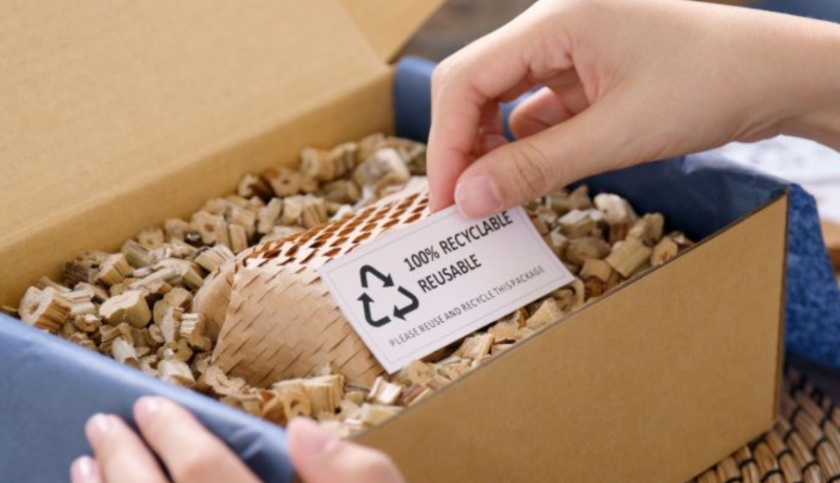 A new study of more than 250 bottles of water found small pieces of plastic in 90 percent of them, which has caused the World Health Organization to investigate further.
A new study of more than 250 bottles of water found small pieces of plastic in 90 percent of them, which has caused the World Health Organization to investigate further.
Smithsonian Magazine reported that the study, which was conducted by the State University of New York (SUNY) in Fredonia, involved analyzing water bottles from nine countries—the U.S., China, India, Indonesia, Mexico, Lebanon, Brazil, Kenya and Thailand—and looking for signs of contamination from plastic debris less than five millimeters in length, aka microplastics.
The BBC reported that the study found an average of 10 plastic particles per liter, with each piece larger than the width of a human hair. The study also included 11 brands, some of them major names such as Aquafina, Dasani, Evian, Nestle Pure Life, San Pellegrino and more.
“We found [plastic] in bottle after bottle and brand after brand,” Sherri Mason, a SUNY Fredonia chemistry professor, told the BBC. “It’s not about pointing fingers at particular brands, it’s about showing that this is everywhere, that plastic has become such a pervasive material in our society, and it’s pervading water—all of these products that we consume at a very basic level.”
It’s important to note that, at least right now, there’s no evidence indicating that consumption of these plastic particles is harmful. That said, it’s certainly cause for further investigation.
“It’s not catastrophic, the numbers that we’re seeing,” Mason said. “But it’s concerning.”
Interestingly, the issue can be traced back to apparel. Time Magazine, citing a study by the International Union for Conservation of Nature, said that a large percentage of the microplastics found in the oceans and other waterways can be traced back to the practice of washing synthetic clothes.
The new SUNY study, which was conducted in partnership with nonprofit journalism organization Orb Media, indicated that the contamination was also a result of plastic packaging, and also partly due to the bottling process.
Time reported:
As much as 90 percent of ingested plastic could pass through a human body, but some of it may end up lodged in the gut, or traveling through the lymphatic system, according to research by the European Food Safety Authority.
For now, it’s not necessarily cause for alarm, as the professionals don’t yet have indication that it’s dangerous to consume these microplastics. But, at the same time, there’s no hard evidence to prove that it couldn’t be dangerous down the road.


